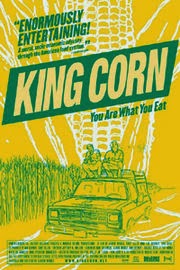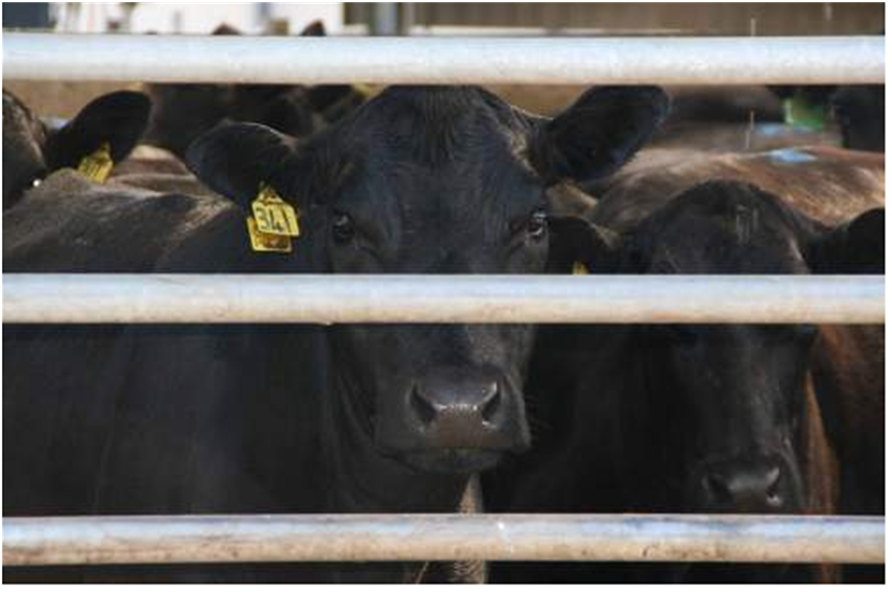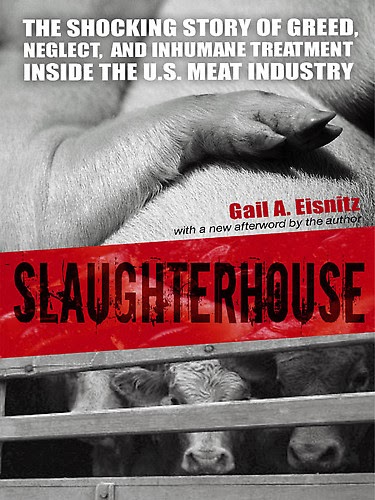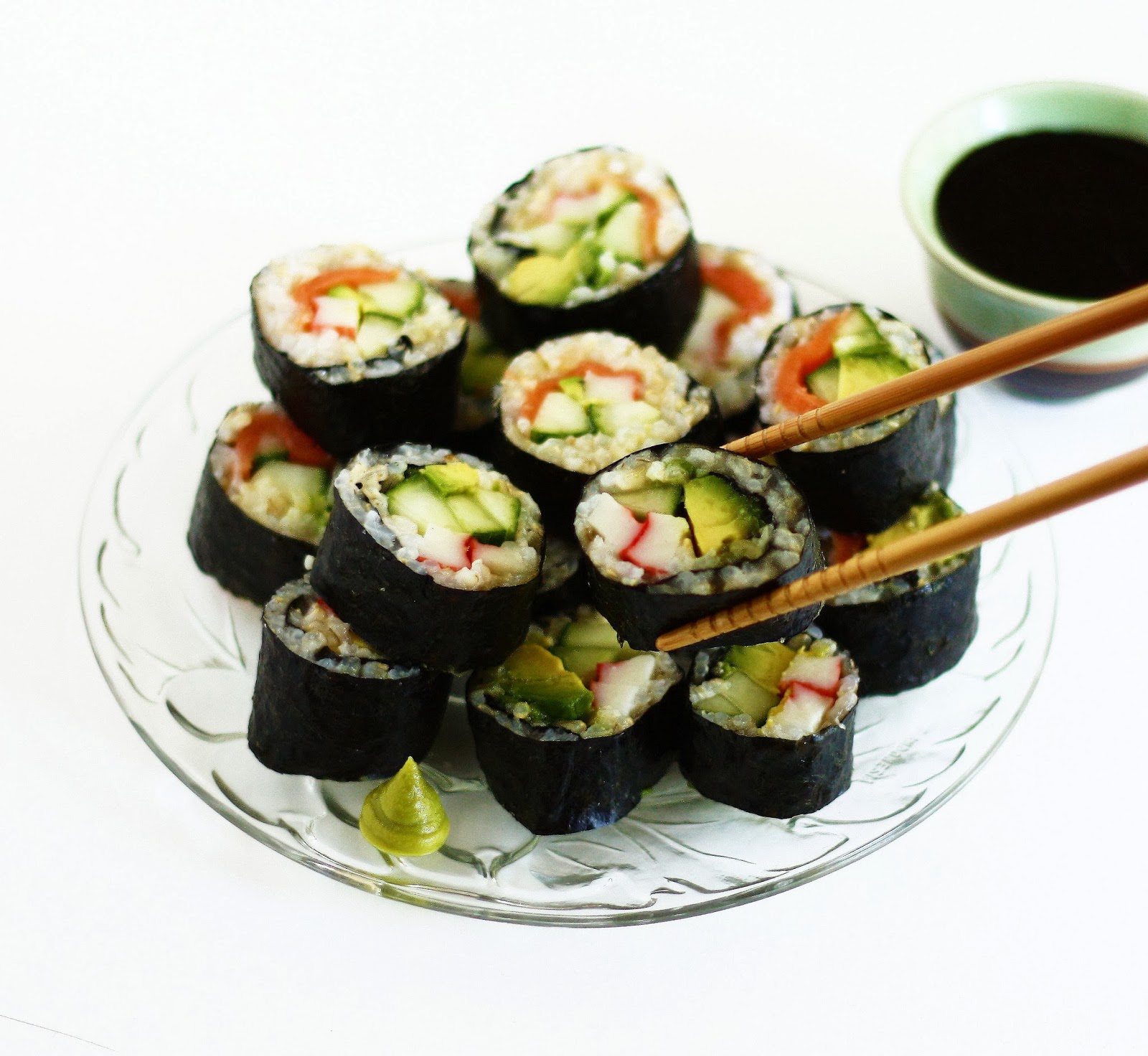My essay starts off with a brief rant about my "health nut" of a mother. In college my mom had a short stint with body building (yes she is pretty muscular - not freakishly though), and she is currently the Manager of Cardiology at a hospital.
Health is her job.
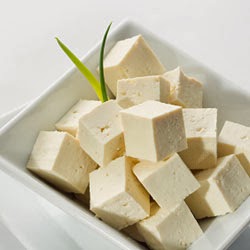 She tried her hardest for a short while to change what my family ate to some pretty, in my opinion, extreme health food. Things like pesto sauce (blah), tofu (please no), and black beans (a.k.a bad beans). After a little while of hearing complaints every time dinner came around my mom was quick to pull back on the extreme foods and gave us more options. She is still pretty strict with what my dad eats though.
She tried her hardest for a short while to change what my family ate to some pretty, in my opinion, extreme health food. Things like pesto sauce (blah), tofu (please no), and black beans (a.k.a bad beans). After a little while of hearing complaints every time dinner came around my mom was quick to pull back on the extreme foods and gave us more options. She is still pretty strict with what my dad eats though.  A good portion of my essay was centered on my brief period of vegetarianism though. By brief I mean REALLY brief. Say.. 3 months brief. What was weird though, was that when I took my first bite of meat after those three months I actually felt a little sick. The meat I ate was from a chicken salad I bought from McDonald's. After everything I have learned from reading Slaughterhouse, looking back on that sick feeling I had is a little nerve wracking. There have been far too many cases of E.coli for anyone to be ok with feeling sick after eating meat. Luckily, nothing detrimental came from that sore stomach.
A good portion of my essay was centered on my brief period of vegetarianism though. By brief I mean REALLY brief. Say.. 3 months brief. What was weird though, was that when I took my first bite of meat after those three months I actually felt a little sick. The meat I ate was from a chicken salad I bought from McDonald's. After everything I have learned from reading Slaughterhouse, looking back on that sick feeling I had is a little nerve wracking. There have been far too many cases of E.coli for anyone to be ok with feeling sick after eating meat. Luckily, nothing detrimental came from that sore stomach. I continue with my essay by saying how reading Slaughterhouse and remembering what I learned from watching Food, Inc. my junior year of high school have caused me to have thoughts of trying vegetarianism again. There is one problem with that, though. I love meat. That is the main reason I did not succeed with my first attempt at being vegetarian.
Recently, though, I watched a TedTalk that a man named Graham Hill did that has re-inspired me. His idea, as a meat loving man, was to be a "weekday vegetarian." Eat no meat during the week, eat whatever you want on the weekend, and decrease your carbon footprint while doing it.
I am on my second week of trying this plan, and so far it has not been too bad.
